Search Images
Browse Content (p. 1588)
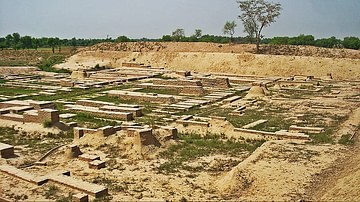
Image
Harappa Ruins
Harappa Ruins, Punjab, Pakistan, part of the Indus Valley Civilization, 2600-1300 BCE.
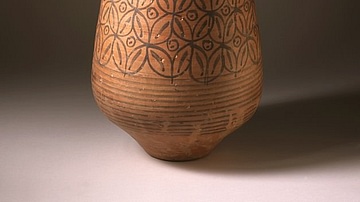
Image
Harappan Ceremonial Vessel
Harappan Ceremonial Vessel, 2600-2450 BCE, Los Angeles County Museum of Art
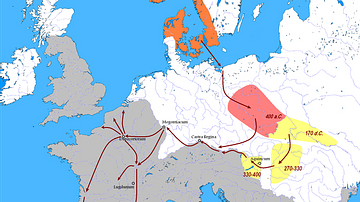
Image
Vandal Migration
Vandal migration from northern Europe to north Africa.
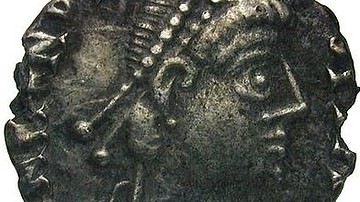
Image
Gaiseric (Genseric, Geiseric), Vandal King
Siliqua of Gaiseric, Vandal King, reigned 428-477 CE.
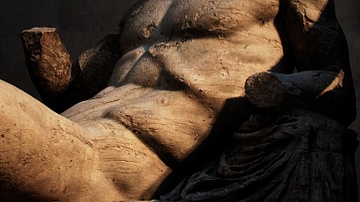
Image
Dionysos, Parthenon
Detail of Figure D (commonly identified as Dionysos) from the East Pediment of the Parthenon. He reclines on a rock. His seat is softened by a mantle and an animal fur. Despite the fact that both of his hands are missing, Figure D is the...
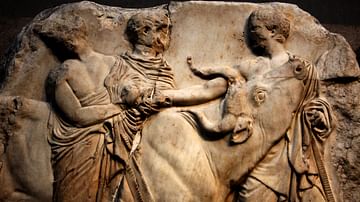
Image
Panathenaic Procession
Block XLIV of the South Frieze of the Parthenon Sculptures. Attributed to Pheidias 438BC-432 BCE. Detail of a cow being led to sacrifice by four youths. The cow does not seem to be too happy about this. The two youths at right look back to...
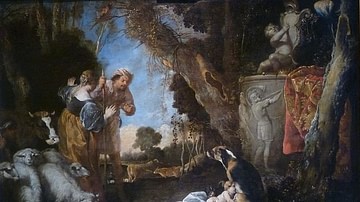
Image
Childhood of King Cyrus
Childhood of King Cyrus, Antonio Maria Vassallo, second half of 17th century CE, The Hermitage Museum, St. Petersburg
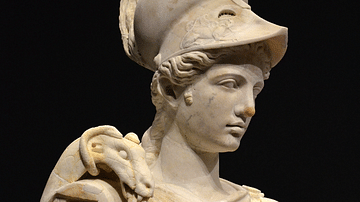
Image
Athena Statue
Statue of Athena wearing a Corinthian helmet, the aegis and Gorgoneion (detail), c. 180-190 CE. Liebieghaus, Frankfurt am Main.

Image
Horsemen from the Parthenon Frieze
Horsemen from the Parthenon Frieze, 5th century BCE. (British Museum, London)

Image
Alfred the Great Statue, Winchester
Statue of Alfred the Great in Winchester, England